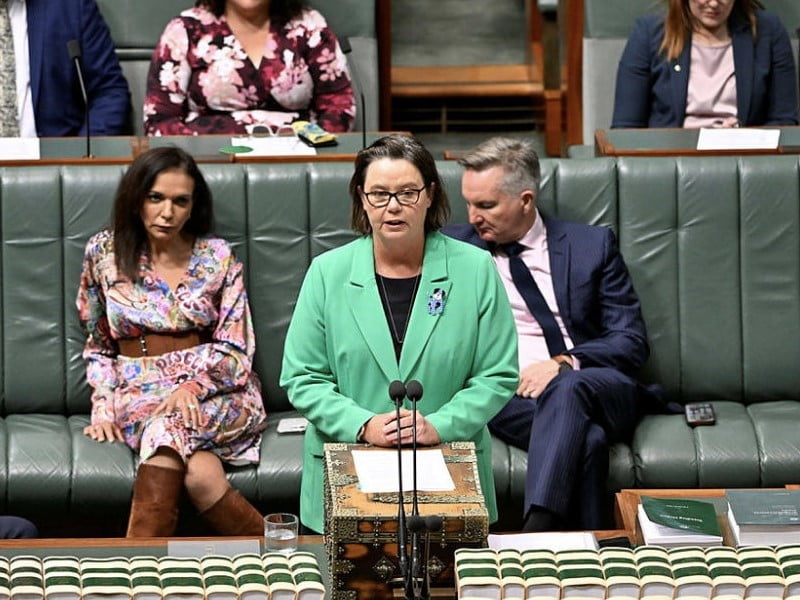A strategic materials list has been released alongside the federal government’s updated critical minerals list to identify commodities that are “essential for the energy transition, but which are not at risk of supply chain disruptions”.
The strategic minerals list, released over the weekend, includes aluminium, copper, nickel, phosphorus, tin, and zinc, which the government said “have well-established industries, greater global market depth, clearer price transparency, and stable supply chains”.
It will complement the existing critical minerals list, which has been updated and now includes fluorine, molybdenum, arsenic, selenium, and tellurium. Helium has been removed in line with international strategic partners.

Arsenic is the only new addition included on the a corresponding list in the United States. While fluorine is included on the Australian list, the US list names fluorspar, a naturally occurring compound of calcium and fluorine used in several industrial manufacturing processes, including aluminium, gasoline, steel, refrigerants, and uranium fuel.
Of the strategic minerals identified by the Australian government, aluminium, nickel, tin, and zinc are included on the US critical minerals list. The US critical minerals list contains 50 minerals, while the Australian critical and strategic lists contain 36 materials. However, the US list individually names rare-earth elements and platinum-group elements.
Resources minister Madeleine King said the new strategic minerals list and updated critical minerals list would help focus government efforts in supporting commodity industries “needed to create jobs, keep us secure and power our economy”.
“Australian copper, nickel, aluminium, phosphorous, tin and zinc will be vital to the world’s energy transition, which is why for the first time ever we have articulated their economic and strategic importance by creating the new strategic materials list,” Ms King said.
“Australia is well placed to meet increasing global demand for minerals, with large endowments, technical expertise and established resources supply chains.”
While the Minerals Council of Australia welcomed the updated lists, chief executive Tania Constable urged the government to implement “appropriate and internationally competitive policy settings to attract the investment”.
However, Warren Pearce, the chief executive of the Association of Minerals and Exploration Companies, described the strategic materials list as “a wasted opportunity” as it confirms the exclusion of nickel and copper projects from concessional loans through the federal governments recently expanded $4 billion Critical Minerals Facility.
He argued that “this news couldn’t come at a worse time, for Australia’s nickel industry, with companies battling high costs and a flatlining nickel price, primarily due to major competition from Indonesia”.
The update to the critical minerals list was an initiative under the federal governments refreshed critical minerals strategy, which includes targets to deepen collaboration with “likeminded partners” to dilute the global supply chain concentration in China such the United States and Indonesia.
The US and Australia are cooperating on critical minerals through a compact signed between Prime Minister Anthony Albanese and US President Joe Biden in May. In the Mid-Year Economic and Fiscal Outlook, the federal government committed $5.4 million over two years to a new battery supply chain and research working group with the US.
Australian critical minerals are also expected to be beneficiaries of production incentive initiatives in the US, such as the Inflation Reduction Act (IRA), due to an ongoing free trade agreement between the two nations.
Do you know more? Contact James Riley via Email.

